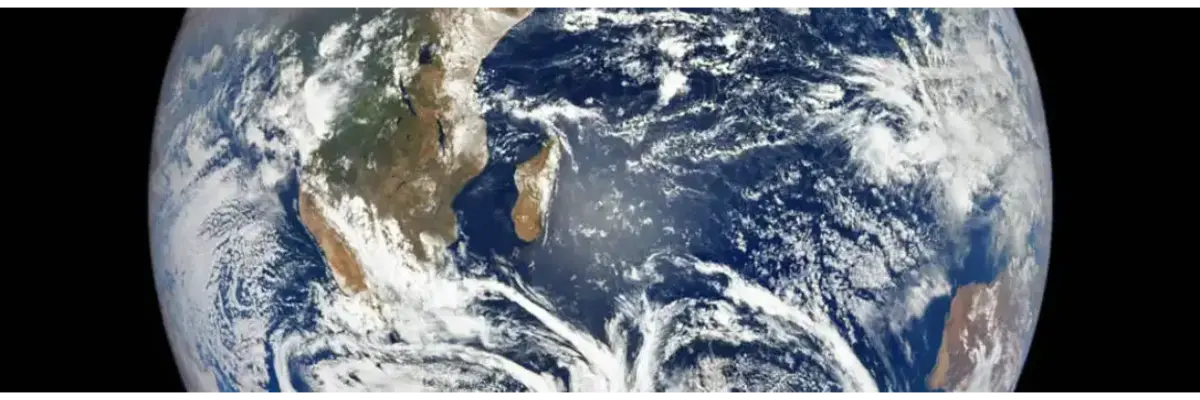Stay ahead of changing conditions with weather TV and weather online platforms that deliver real-time forecasts, severe storm alerts, and hyperlocal updates straight to your devices. Leading services like The Weather Channel provide 24/7 coverage through TV online streams, combining expert analysis with interactive radar maps so you can track rain, snow, or extreme heat as it develops. Whether you prefer TV live broadcasts or on-demand weather live updates via apps and websites, these platforms ensure you're always prepared with accurate, minute-by-minute reports. Advanced features like live Doppler radar, hurricane tracking, and personalized alerts make it easy to monitor storms, plan outdoor activities, or avoid travel disruptions.












